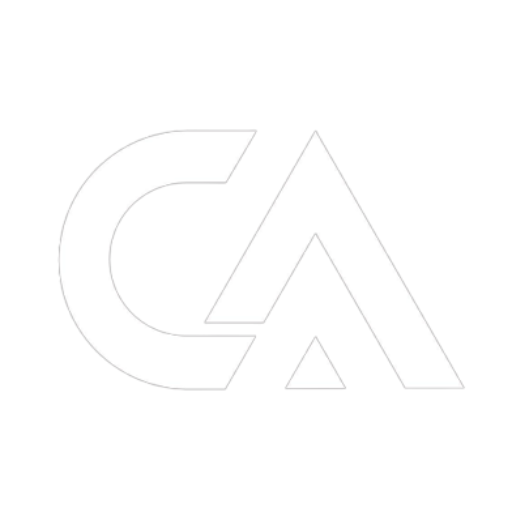Following these recommendations will help you get any compensation to which you may be entitled if you have been in an accident:
With the other motorist or drivers in the collision, trade information. Ascertain the other driver’s license, car ownership, and insurance information. Take pictures of the papers if you have access to a camera. Transcription mistakes are less likely when photos are included. Check the images to make sure they are not fuzzy.
1. Calling the police is usually brilliant, even if you don’t think you caused the collision. But in many countries, the police will not arrive at the site of a motor vehicle collision unless there are severe property damages or personal injuries. Go to a collision self-reporting center and report the accident if the police won’t come and there is space in your jurisdiction.
2.Ask for the names, addresses, and phone numbers of any witnesses, if there are any.
It is preferable to wait for the police to get on the scene before moving the automobiles if there is any uncertainty about who caused the collision. It is significant enough that the police will be responding to the stage.
3.Determine who was at fault for the accident by looking at how the cars were sitting after the collision. If, however, it is unsafe to keep your vehicle where it is now parked, then, by all means, relocate it.
Several pictures of the approximate area where the accident happened, showing the positions of the cars in their resting places after the accident, should be taken if you have access to a camera. Also, attach a ton of pictures showing the damage to the car.
4.Call a lawyer to determine whether you have a legal claim if you have been injured and have sought medical care. No up-front costs are charged at our office. Tow truck drivers, medical professionals, or anybody else who could have a stake in your hiring a particular lawyer should not recommend them to you.
5.Insurance adjusters who request an immediate meeting should be avoided. These adjusters often want from you a signed declaration and signed medical permission. This is a poor choice. Giving a written, signed statement at the onset may not reflect your medical status correctly because injuries frequently worsen over time. Additionally, when asking you to sign medical permission forms, adjusters will go beyond their authority and request more information than necessary.
6.As you can see, there is a lot to remember, and you might need to think better after a vehicle accident. After a vehicle accident, our specialists can assist you in collecting the compensation you need and navigating life.
How Do Insurance Companies Calculate Liability?
Depending on the specifics of the event, blame in each motor vehicle collision must be determined. After you report an accident to your insurance provider, an adjuster will apply the Nova Scotia Insurance Act’s Blame Determination Regulations and the Nova Scotia Motor Vehicle Act to establish who was at fault. These regulations, which may be applied to nearly any conceivable scenario involving a vehicle collision, employ graphics to cover more than 40 accident circumstances.
One driver is often liable for starting the collision in a two-vehicle auto accident lawsuit. In general, a three-vehicle crash follows the same pattern. Even when numerous cars are involved, the driver who caused the first collision will be held accountable for the mishap.
Consider the rear-end collision from scenario one as an illustration. In this instance, Vehicle 3 caused the collision by slamming into the rear of Vehicle 2, which impacted Vehicle 1. Even if Vehicles 1 and 3 did not collide, Vehicle 3 likely is to blame for the collision that led to the three-car accident.
However, if the driver of Vehicle 2 stopped too near Vehicle 1 in front, it’s feasible that they share some of the blame. Additionally, the operator of Vehicle 1 could be to blame for a collision involving three vehicles. The automobiles behind may collide if the line of cars had begun to move and Vehicle 1 had abruptly stopped.
It’s crucial to remember that fault determination standards do not consider the weather, road conditions, visibility, or pedestrian activity. Instead, these guidelines only consider the positions and movements of the cars involved in the collision, along with the traffic laws that were in effect at the time. Most people are shocked to find how these rules are put into practice, especially if one of the variables excluded from determining guilt was the cause of the three-car disaster.
Typically, insurance companies delay making settlements until after they have comprehensively investigated the event. Imagine, however, that there are influencing elements that the insurance adjuster overlooked. In that situation, a personal injury lawyer (also known as a vehicle accident lawyer) would analyze the available evidence and could interpret the events leading up to the three-car accident differently from the insurer.

